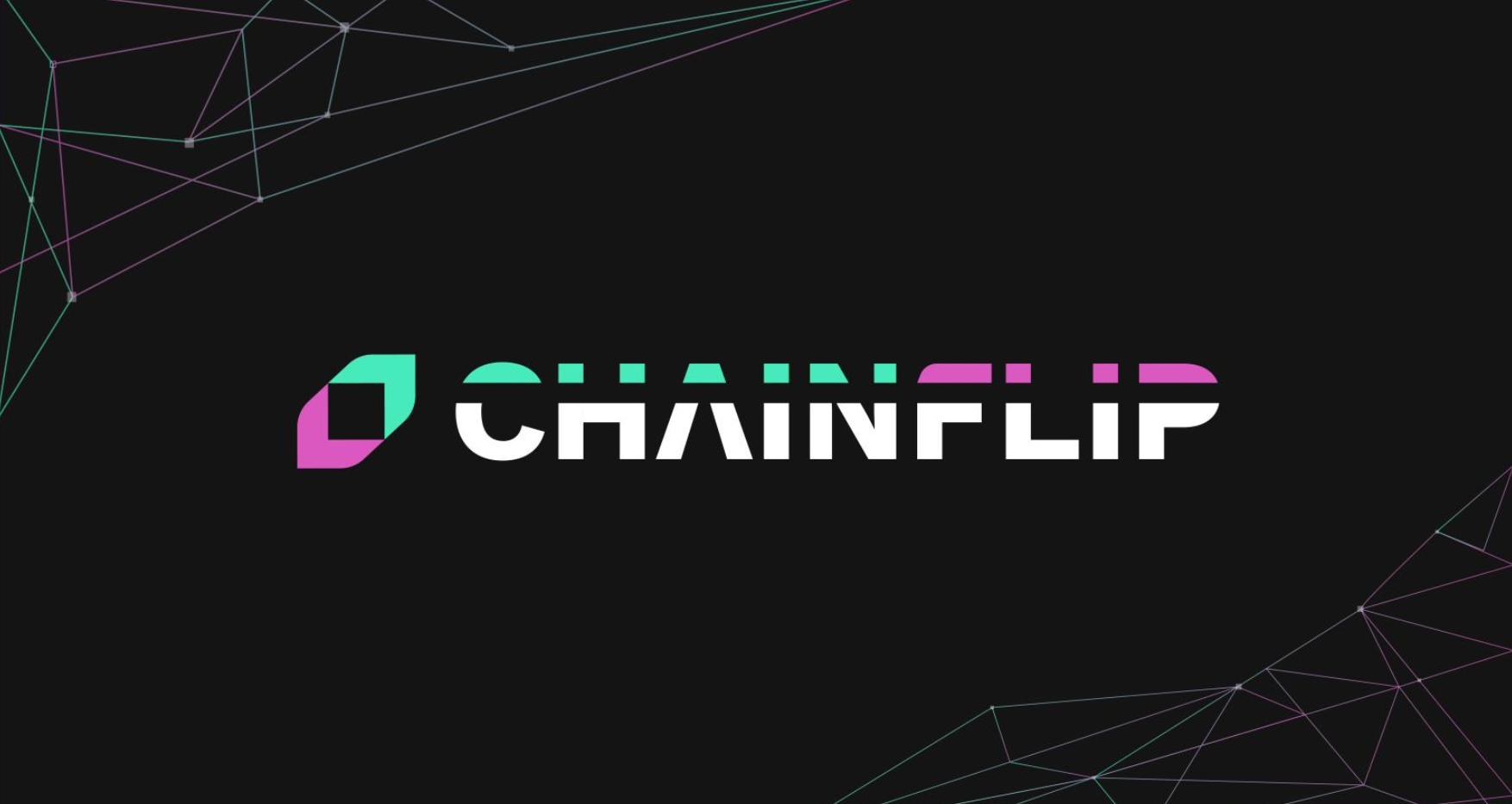The Coordination Mechanism Behind Chainflip


Chainflip is a decentralized, trustless protocol that enables cross-chain swaps between different blockchains that are set to be released in the next 6 months.
The best thing about Chainflip is how simple it is to use. All users need to do is choose:
- The tokens they want to swap
- The amount to swap
- The slippage they want to set
- Provide a compatible address for the coins they want to receive
The State Chain
The state chain is Chainflip’s native blockchain built with Polkadot’s blockchain framework called Substrate, and it is basically the bookkeeping and coordination mechanism that allows for all the validators to maintain a shared and approved state of the key parameters of the protocol.
Only two actors are allowed to write information on the state chain: Validators and Quoters.
The Role of the Vaults
The Chainflip protocol works by having joint vaults on different chains controlled by validators. These vaults are essentially giant multisig wallets or multisig authorised smart contracts deployed to supported chains.
Wrapping Up
Given that the interaction with the State chain is the most critical action in the protocol, it is clear that the Validator network needs to be stable and very well incentivized economically to avoid any potential malicious behaviors.




